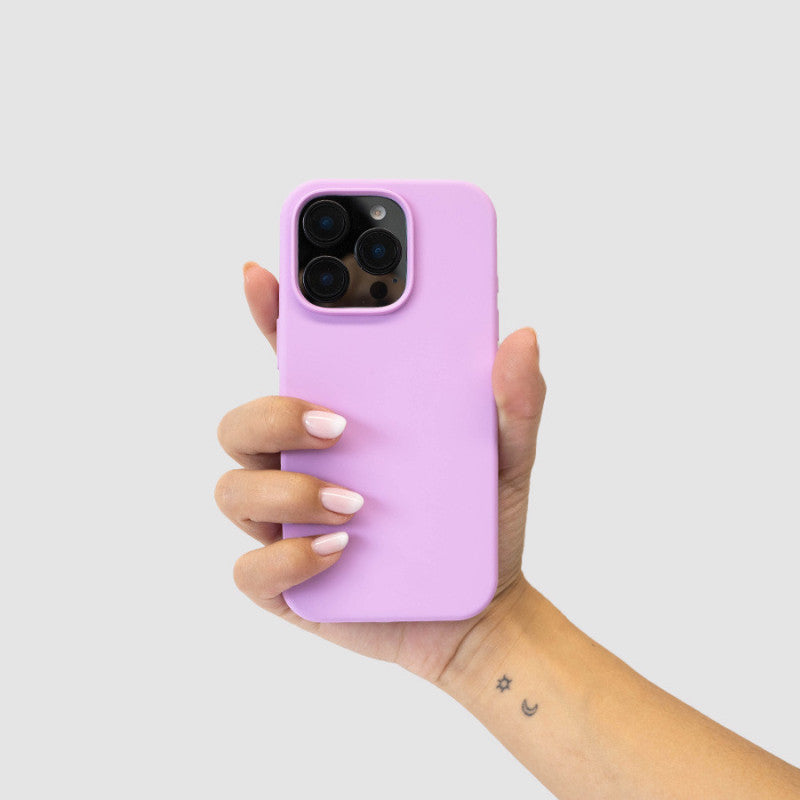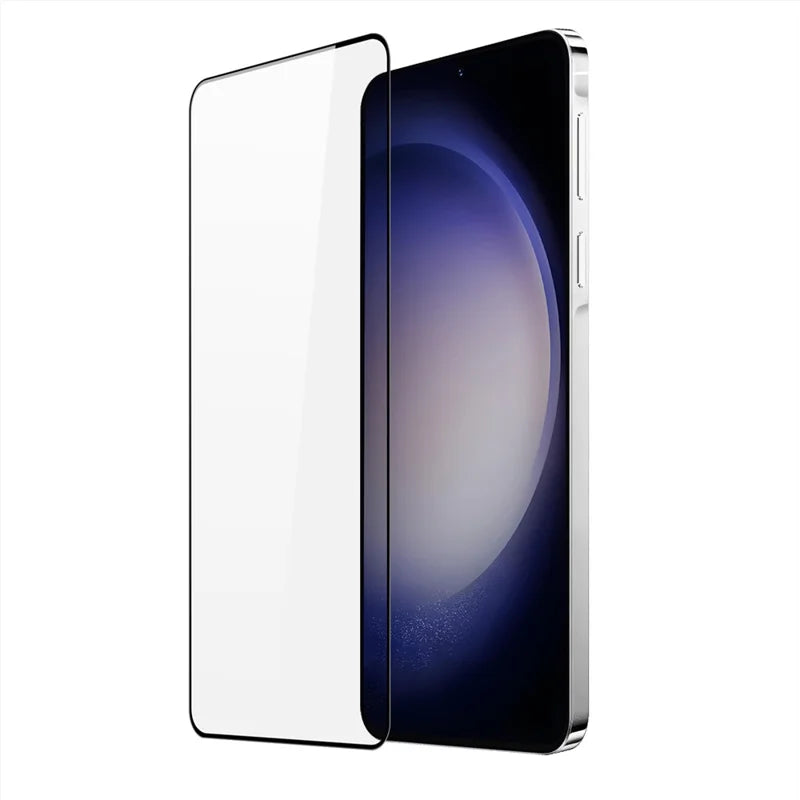Choosing between a clear case and a silicone case is one of the most common questions for those looking to protect their smartphone without sacrificing style. Both are popular, but they offer different performance in terms of protection, grip, durability, aesthetics, and accessory compatibility. In this guide, we compare clear cases and silicone cases in detail to help you decide which one best suits your everyday needs.
Quick summary
- Want to show off your phone's design? Transparent.
- Want more grip and a soft touch? Silicone.
- Worried about yellowing? Clear with UV protection or with a colored rim.
- Do you use MagSafe/magnetic accessories? Check compatibility (both may have compatible version).
- Looking for maximum protection? Consider reinforced versions (air-filled corners, raised edges, and hybrid materials).
What is a clear cover?
Typically made of transparent TPU (thermoplastic polyurethane), sometimes combined with rigid polycarbonate on the sides or back. The goal is to emphasize the device's original design while maintaining balanced protection.
Advantages
- Keeps the original look of the smartphone, logo and color visible.
- Generally thinner and lighter, adding little bulk.
- Easy to clean; models with anti-scratch coating maintain their shine for longer.
- There are versions with a magnetic ring for compatibility with chargers and media.
Disadvantages
- Some may yellow with exposure to UV and heat (prefer models with an anti-UV coating).
- In very thin versions, drop protection is limited.
- It can be more slippery than silicone in wet hands.
Who is it suitable for?
For those who value phone design, want a minimalist look and a barely noticeable increase in volume. Great for urban use and routines with a low risk of drops.
Purchasing Tips (Transparent)
- Look for mentions of anti-yellowing and anti-UV .
- Choose raised edges to protect the camera and screen.
- Air pocket corners increase impact resistance.
- If you use magnetic devices, confirm compatibility (MagSafe/rings).
What is a silicone case?
Made of liquid silicone or TPU with a soft-touch finish. It focuses on grip and comfort, offering uniform and discreet protection.
Advantages
- Soft touch and excellent grip, reducing slipping.
- Good shock absorption in everyday falls.
- It usually covers buttons and sides, preventing dust and scratches.
- Available in various colors and matte finishes.
Disadvantages
- May pick up fibers/dust more easily (especially very “soft touch” finishes).
- Adds a bit more bulk than some thin clear covers.
- In low-quality products, it may deform over time.
Who is it suitable for?
For those who prioritize comfort, a firm grip, and safety in daily use. Ideal if you typically use your phone with one hand or on the go.
Buying Tips (Silicone)
- Choose liquid silicone with good density to avoid deformations.
- Look for raised edges and a microfiber interior (protects the back of the phone).
- If you want less volume, choose thicknesses between 1.5 and 2 mm.
- Confirm compatibility with wireless charging and MagSafe if necessary.
Side by side comparison
| Criterion | Transparent | Silicone |
|---|---|---|
| Aesthetics | Show the original design | Matte/colored finish |
| Adhesion | Average | High |
| Fall protection | Average (improves with reinforced corners) | Medium/High (good absorption) |
| Scratch resistance | Good with anti-scratch coating | Good; less visible scratches on matte |
| Yellowing | Possible without anti-UV | Does not turn yellow |
| Volume/thickness | Generally smaller | Slightly larger |
| Touch/Comfort | Smooth, but can be slippery | Smooth and non-slip |
| MagSafe/Magnets | Available in compatible versions | Available in compatible versions |
| Maintenance | Clean with a damp cloth | Clean with a damp cloth; may collect dust. |
| Price | Variable; UV-resistant models cost more | Variable; quality liquid silicone costs more |
Recommendations by use case
- Minimalism and design: Thin transparent with anti-UV and raised edges.
- Intense daily use: Liquid silicone with microfiber interior and reinforced corners.
- Photography and Travel: Anything with high camera protection and good grip.
- MagSafe and magnetic accessories: Versions with certified magnetic ring.
- Prevent marks/damage to your phone: Smooth inner lining or microfiber.
Care and maintenance
- Wash the cover every two weeks with warm water and a drop of mild detergent; dry completely before using again.
- Avoid prolonged exposure to sunlight and heat sources (especially in transparent covers).
- Remove dust from the edges and islands of the chamber to prevent micro-scratches.
Recommended products
- Transparent Covers with Anti-Yellowing
- Silicone Cases (includes versions with magnetic ring)
- Compatible MagSafe cases
Quick Questions
Does a clear cover always yellow? No. Models with UV-resistant coatings are much more resistant to yellowing.
Which provides more protection, silicone or clear? It depends on the construction. Silicone tends to absorb impacts better; clear with reinforced corners can be just as good.
Can I use wireless charging? Yes, as long as the thickness and materials don't impede induction; MagSafe versions ensure better alignment.
Conclusion
If you're looking for a balance between protection and aesthetics, both options are valid. The clear case enhances the original design; the silicone case offers superior grip and comfort. Define your priorities (design, feel, protection, accessory compatibility) and choose the solution that best suits your routine. At Capas & Acessórios, you'll find several quality options for different needs and budgets.
Discover all our products at www.capasacessorios.pt




